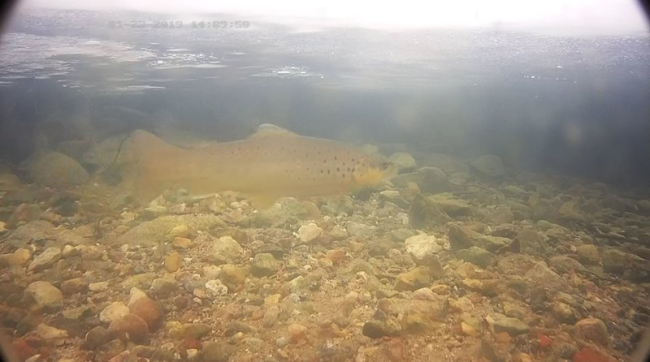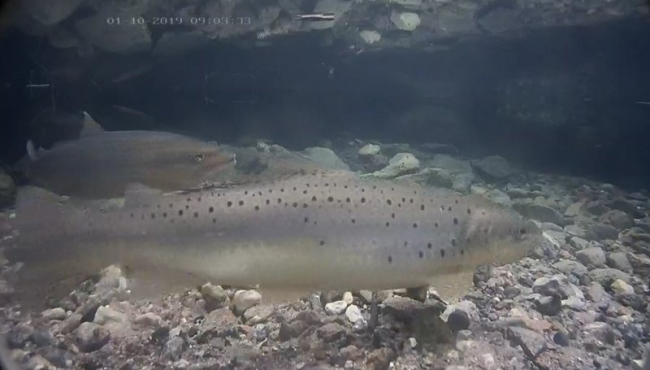VIDEO: Keila River fish in camera view
Text written and illustrations selected by Tiit Hunt, www.rmk.ee
Estonian text posted 20.08.2019
The weighty fish contingent has not started their journey yet: they might reach the Keila River estuary perhaps in a month at the earliest. Sooner or later – depending on weather and the water conditions the very large salmons and sea trout come in camera view and maybe groups of tens of river lampreys that soon begin to gather in the river to be prepared early for the springtime spawning .









